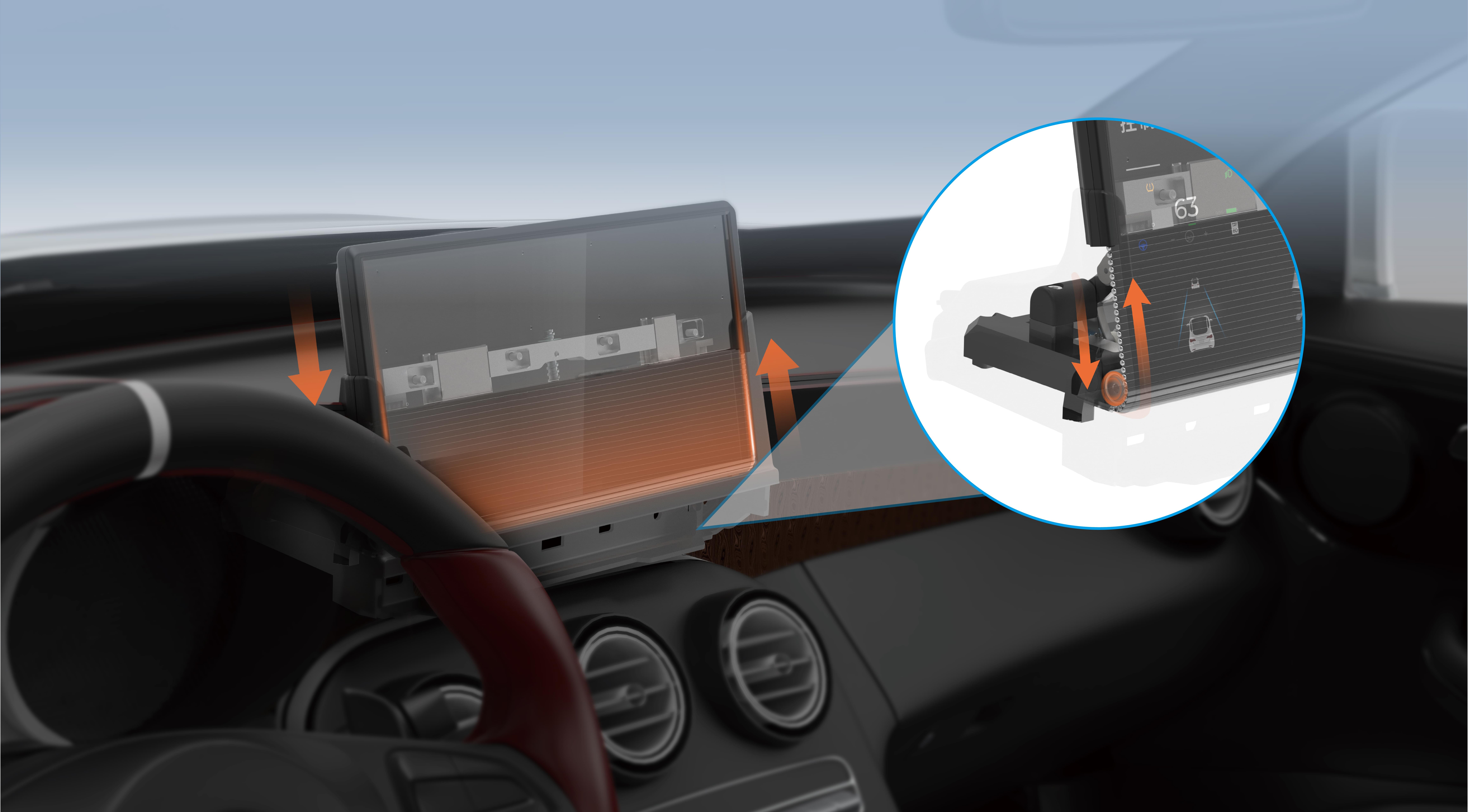part 1:
Unlocking Precision and Power: The Ultimate Guide to Gear DC Motors with Encoders
Imagine a machine that not only moves with incredible strength but also knows exactly how far and how fast it's moving. This is the promise of gear DC motors with encoders—a perfect blend of raw power and pinpoint accuracy. Whether you're designing the next generation of robotics, building automated manufacturing lines, or creating sophisticated sensor systems, understanding these motors can elevate your projects to new heights.

What is a Gear DC Motor with Encoder?
At its core, a gear DC motor with encoder is a direct current motor integrated with a gear reducer and an encoder that provides feedback about the motor's position, speed, and direction. The gear reducer—often a planetary or spur gear—significantly boosts torque output while reducing speed, making the motor suitable for tasks requiring high force at low speeds. The encoder, typically an optical or magnetic device, translates the rotational motion into electrical signals that can be interpreted for precise control.
Think of it as a smart, muscular worker who not only lifts heavy loads (thanks to the gear system) but also reports exactly how much weight they've lifted and how fast they're doing it (thanks to the encoder). This combination is ideal for applications that demand not only power but also precise positioning and movement feedback.
Core Components and Their Functions
DC Motor: The primary driving force, converting electrical energy into rotational motion via electromagnetic interaction.
Gearbox/Reducer: Attached at the motor's shaft, it modifies the torque and speed properties, providing high torque at slow speeds suitable for accurate positioning.
Encoder: A sensor that tracks the motor's shaft position and rotational speed by generating electrical signals—either in the form of pulses or analog signals.
Control System: Usually a microcontroller or PLC, which reads signals from the encoder to adjust the motor's operation dynamically.
Types of Encoders Used
Optical Encoders: Utilize light-sensitive sensors (photodiodes) and a rotating disk with slits or markings. They offer high precision and resolution, making them perfect for applications demanding fine movements. Magnetic Encoders: Use magnetic sensors (Hall effect or magnetoresistive sensors) and magnetic fields. They're more robust and less sensitive to dirt or dust but generally have slightly lower resolution.
Why Integrate an Encoder?
The main advantage of combining a gear motor with an encoder lies in closed-loop control, which allows precise regulation of position, velocity, and acceleration. In systems where exact movement is essential—like robotic arms, CNC machines, or camera stabilizers—encoders ensure reliability, repeatability, and accuracy.
Key Benefits
Enhanced Precision: The encoder provides real-time feedback allowing for fine adjustments. Improved Reliability: Closed-loop control reduces errors and mechanical backlash. Versatility: Suitable for both continuous rotation and linear motion applications. Efficiency: Optimization of energy consumption through intelligent control.
Applications That Shine with Gear DC Motors and Encoders
Robotics: Precise joint control in articulated robots, enabling smooth, accurate movements. Automation & Conveyance: Positioning conveyor belts, pick-and-place machines, and warehouse automation. Medical Equipment: Scanning, medical imaging devices, and surgical robots. Aerospace & Defense: Actuators and gimbals that require meticulous movement control. Smart Agriculture: Precision machinery that automates planting, spraying, and harvesting.
Selecting the Right Gear DC Motor with Encoder
When choosing a gear DC motor with an encoder, consider the following:
Torque requirements: How much force needs to be applied? Speed range: What is the optimal operational speed? Resolution of encoder: Higher pulses per revolution offer finer control but may be more costly. Voltage and current: Ensure compatibility with your power supply. Environmental factors: Dust, moisture, and temperature conditions—choose accordingly. Size and form factor: Do you have space constraints or specific mounting needs?
The Future Outlook
As automation accelerates and technology evolves, gear DC motors with encoders are becoming more sophisticated and accessible. Developments in miniaturization, encoder resolution, and control algorithms are opening pathways to smarter, more efficient machines. The integration with IoT (Internet of Things) platforms is enabling remote monitoring and predictive maintenance, further transforming these motors from simple actuators to integral components in intelligent systems.
Established in 2005, Kpower has been dedicated to a professional compact motion unit manufacturer, headquartered in Dongguan, Guangdong Province, China.




































